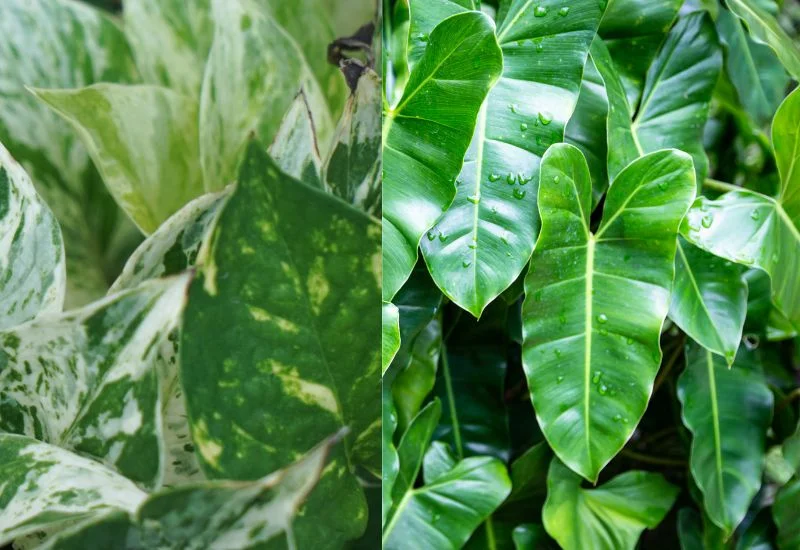In this blog post, you’re going to learn how to easily propagate and care for both Pothos and Philodendron.
This is a comprehensive guide covering reliable information about different aspects of this variety.
In this post, I’ll cover:
- Interesting Facts
- Propagation
- Repotting
- Care
And
- Solutions to Common Problems
So, if you are looking to propagate and care for Pothos and Philodendron, this guide is for you.
Appearance Characteristics
Here is a look into the leaves, color, and size of the Pothos and philodendron one by one;
Pothos
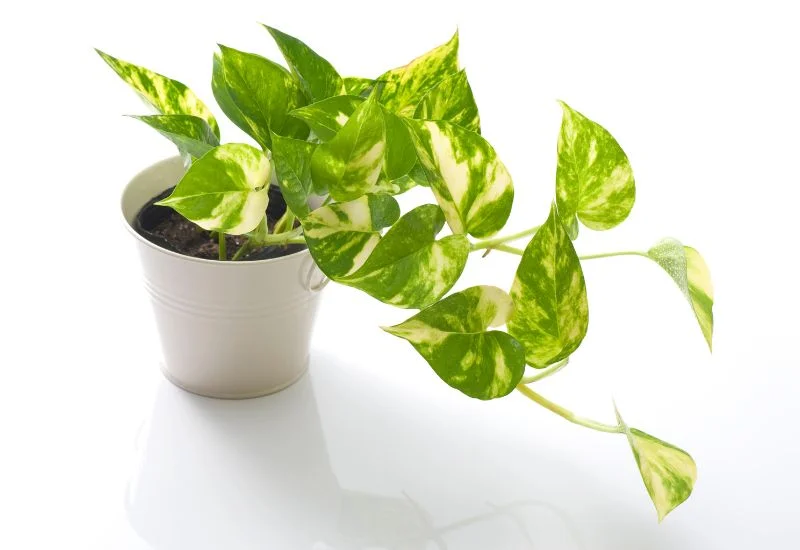
Leaves: The shape of pothos leaves usually differs from that of a heart-shaped. They usually have glossy leaves and that gives a touch of sophistication to it.
Color Variations: Common colors are splendent green, bright yellow, and white creamy intermingling with green. The contrast between the colors of the variegations can also be significantly different, meaning that some of the varieties appear to have a stronger coloration on the edges.
Size: Pothos can reach up to 10 feet in its ideal growing environment. They does not have a very fast growth rate.
Philodendron
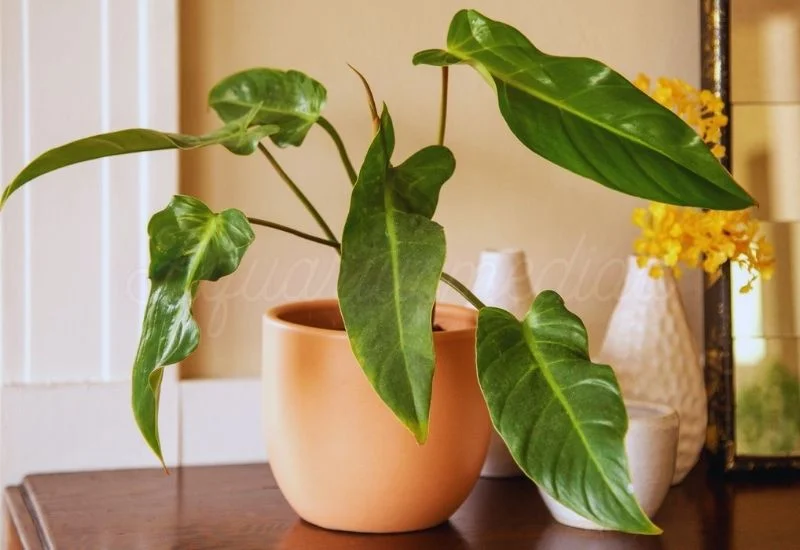
Leaves: Leaves of Philodendron are versatile in shape, size and texture. Depending on the species they may be heart-shaped, lobed, or elongated. The size varies from small to medium to large.
Color Variations: Most Philodendrons are green but they also have varieties with beautiful red, purple, or deep green colors with patterns.
Size: These plants are characterized by a rather vast size range. Vining types can spread several feet across the ground like a vine similar to Pothos and the self-heading ones can get to be 3-4 feet tall and wide.
Propagation
Here is a comparison of the propagation method and steps of Pothos and philodendrons.
Pothos Propagation
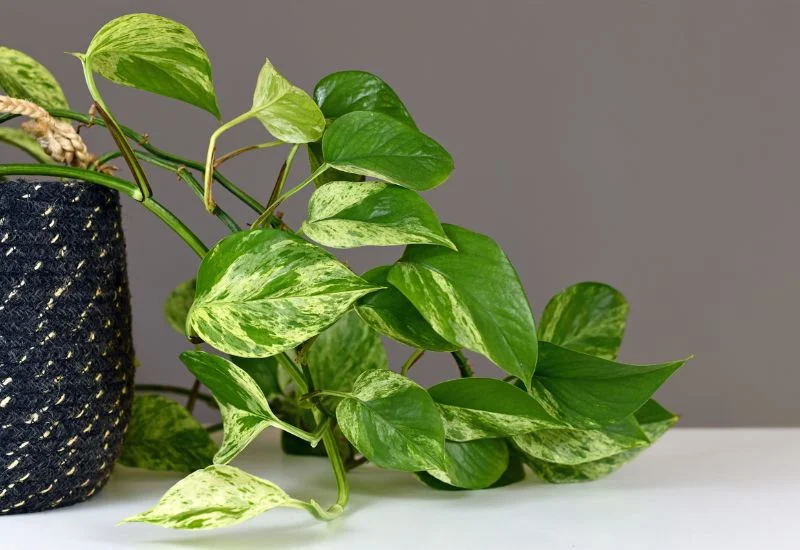
Pothos is probably one of the simplest plants to propagate. One of the commonly used techniques is the stem-cutting technique.
Step-by-Step Process
Select a Healthy Vine: Select a healthy vine with not less than 4- 6 leaves. Ensure the vine is well ripe and does not have any pests and diseases attacking it.
Cut Below a Node: Following proper sterilization of the scissor or a sharp knife, make a cut at the base of the selected vine at the node, which is the junction between the leaf stalk and the stem.
Remove Lower Leaves: Remove all but 2 or 3 leaves at the top end of the cutting.
Water Method: Put the cutting in a glass of water to make sure the node is in water. Place the jar in an area that has a good amount of light and not direct sunlight. New roots should begin to emerge in 2-4 weeks of planting the seeds.
Soil Method: In this method, you place the stem cutting directly in a pot containing well-draining soil. Fertilize the soil slightly and put the pot in an area of oblique sunlight. The cutting will take even slightly more time to root in the soil than in the water.
Transplanting: When they are around 2-3 inches long if rooted in water, you can transfer the cutting into a potting medium. It should be cared for in the same manner that any mature Pothos plant should be cared for.
Success Rate: Taking cuttings is relatively easy, and the pothos cuttings have a high chance of germinating, thus perfect for a beginner. It grows well and takes a short time to give a mature plant after having been transplanted from the seedling stage.
Philodendron Propagation
Another advantage of Philodendrons is that it is also fairly simple to propagate; one of the leading ways to propagate Philodendrons is through stem cuttings.
Step-by-Step Process
Select a Healthy Stem: Select a fresh and green stem with a couple of leaves and one or preferably more nodes. Overhead nodes are important as these are where the roots will be planned and exercised.
Cut Below a Node: When pruning, ensure that you will be using sterilized scissors or a knife to cut the stem at a node and below it. The cutting should be of a size, generally 4-6 inches in length.
Remove Lower Leaves: Strip off any leaves from the lower portion of the stem, leaving one or two at the tip of the cutting.
Water Method: If necessary, the node needs to be immersed in water, put the cutting in the jar of water. This jar should be placed in a lighter part of the house, preferably where light filters, but does not directly shine.
Seedling emergence and germination should take place within 2-3 weeks and roots should emerge at about the same time of course if all the above techniques have been implemented appropriately.
Soil Method: It must be planted directly into warm soil that is moist but which also drains very well. Press the soil around the cutting to secure it, then put the pot in a warm, bright part of the house.
Transplanting: When the roots are established, the cutting must be about 2 inches long in water and then can be moved to soil media. Just maintain it with the care of a mature Philodendron.
Success Rate: Cutting propagated Philodendron species also have very good success rates recorded. They are a bit more tender towards over-watering during the stages of root formation.
Comparison of Propagation Success
The Pothos, just like the Philodendrons, are relatively easy to propagate and hence can easily be grown by plant lovers. Nevertheless, Pothos roots are faster and possibly easier to handle than its counterparts for new growers.
Growth Habit
The way of the growth in Pothos and philodendron is described below;
Pothos
Vining: It should also be mentioned that pothos plants are characterized by their trailing ability. So, they are well suited for hanging baskets, elevated shelves, or as trailers in eye-catching pots.
Climbing: Pothos can also be encouraged to grow up structures such as trellises or moss poles. Due to flexibility in growth requirements, it is suitable for growing in various indoor environments.
Philodendron
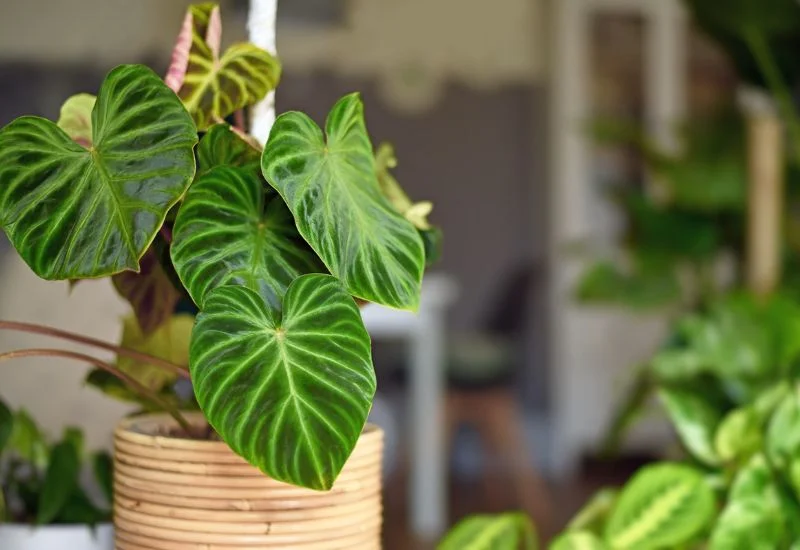
They come in two types: either vining, which means they will climb something, or self-heading (which doesn’t involve climbing). Vining species like Philodendron cordatum also have long trailing stems like Pothos.
The self-heading types like the Philodendron Selloum occupy less space and, therefore, will have a more bush-like appearance.
Decorative Uses and Styling Tips
It is set that both Pothos and Philodendrons are the indoor masterpieces used to make the interiors outstanding. However, the techniques and methods of their styling may be different depending on their nature of growth, size, and appearance.
Pothos
Decorative Uses: Pothos are among the few plants that are flexible and can do well in many places within the house or home. With its trailing habit and bright green heart-shaped foliage, it is best used in hanging baskets, shelves, and wall planters. Pothos can grow at any location; therefore, it can be used around the living room, kitchen, and bathroom. It can, therefore, fully grow in the sections of the house which receive little light.
Styling Tips: Pothos are perfect for making the space look green and having a cascade of greenery; it is ideal for placing them on the upper shelves or in hanging baskets. Other varieties include Golden Pothos and Marble Queen, which can be arranged together for a colorful blend. Similarly to most ornamental plants, Pothos complements other plants so that you can form a layered effect. To bring in a modern touch, use an ultramodern-colored pot or plant container.
Philodendron
Decorative Uses: It grows large easy to care for leaves with beautiful sheen and some are even considered as house plants. They are ideal for floor pots, table arrangements or when grown as climbers on trellises, moss poles etc. Philodendrons of bright green have the ability to produce the tropical atmosphere in the living spaces, so these plants are fit for the living space, the office, the bedroom.
Styling Tips: Install philodendrons in large floor pots so as to give prominence to the foliage. Place one of the moss pole or trellis types in areas where climbing types are kept, to give the room some height. To create a more elegant atmosphere you should combine philodendrons with stylish contemporary pots of neuter shades. Community planting of different kinds of philodendron can make it possible to develop that indoor jungle look.
Care Considerations
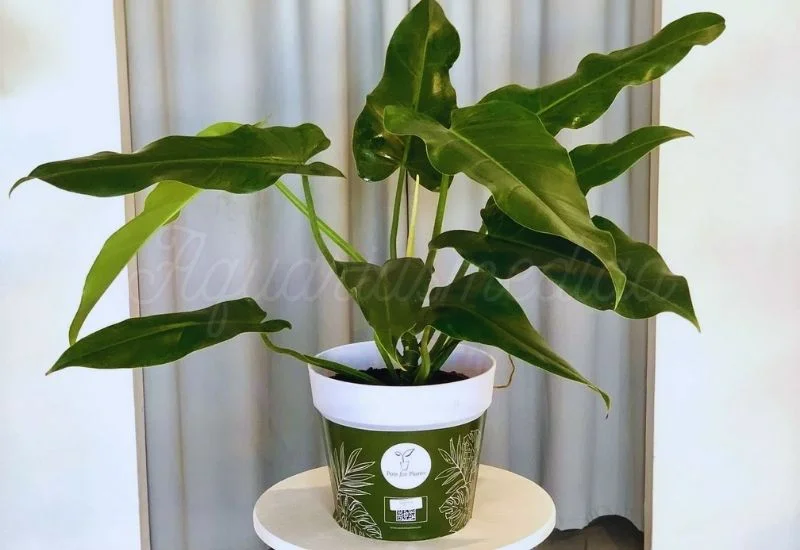
Here are the care considerations for both Pothos and philodendrons from the perspective of light, watering, temperature, and soil.
Pothos
Light: Pothos can easily grow in varied lighting conditions, which makes them suitable for any home. Pothos thrives well in dark areas, but if placed in an area with indirect bright light, they also do extremely well.
To enhance the health of the plant, it is advised to put the Pothos near the window where it can be exposed to a moderate amount of light, preferably filtered light.
Watering: Pothos can be considered as plants that like to be on the dryer side. It is important maintain limited catering; check the soil one inch below the top before watering.
Avoid watering the plant so often during winter when it is not growing. Water the plant according to the humidity and temperature of the surroundings it is in.
Temperature: Pothos is good at average room temperature. Depending on the seasonal changes, a preferred range for Pothos is between 60-80°F (15-27°C).
Soil: Pothos is an all-round plant that is not very demanding when it comes to the type of soil. Generally, it is recommended to use a standard houseplant mix with the incorporation of perlite/sand to enhance drainage.
Philodendron
Light: Philodendrons thrive under bright light conditions that are not intense or hot. Few varieties can grow well in low light.
Contrary to most tropical plants, Philodendrons are not fond of direct sunlight, which may burn their leaves.
Watering: It is preferred that the soil is a bit moist for Philodendrons. Water your plant when the top inch of the soil is dry, but make sure the plant is never in waterlogged soil.
Temperature: These plants can be grown in the home at temperatures that range from 65-75°F(18-24°C).
Soil: The ideal growing media for philodendrons is well-draining and fertile soil that contains some organic matter. The preferred potting mix is a 3:1:1 combination of peat moss, perlite, and compost.
I hope you enjoyed reading this complete guide.
If I missed something, you can let me know in the comment section.
By the way, when are you going to decorate your room with Philodendron?
What plant do you select: Pothos vs Philodendron?
